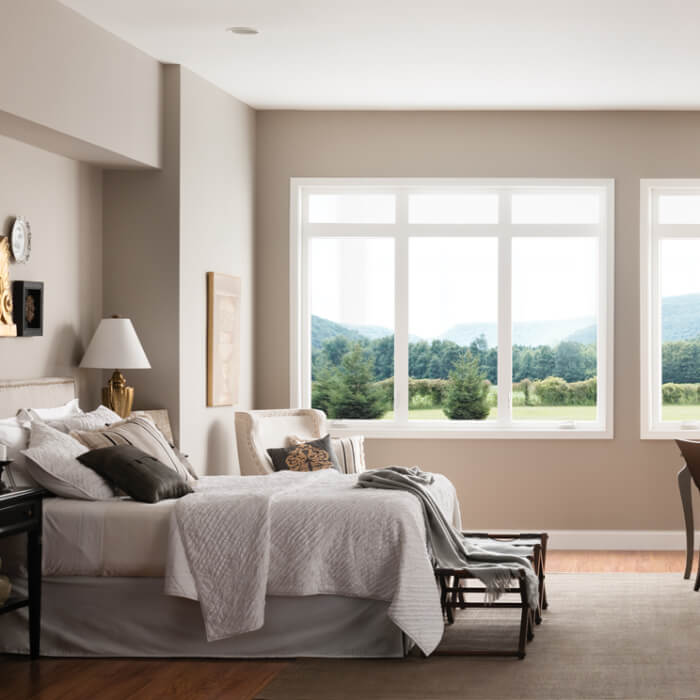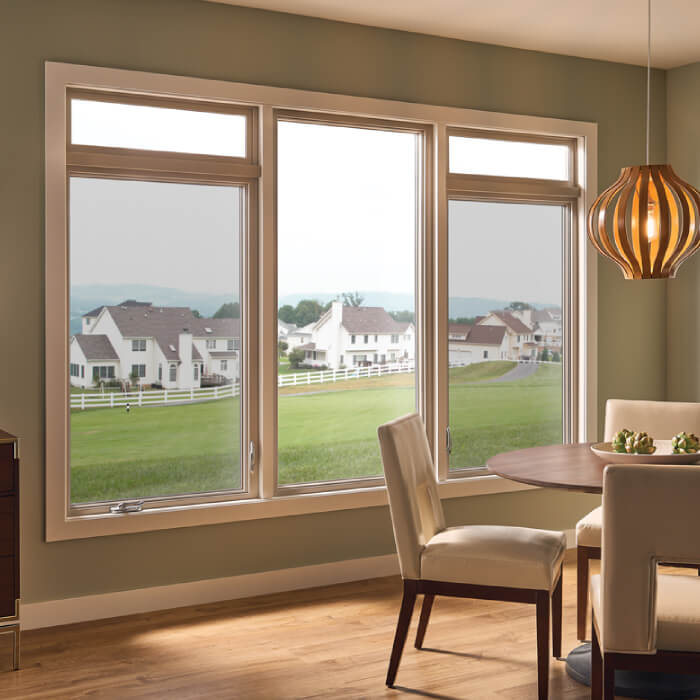Although window terminology isn’t particularly sexy, knowledge is. If you own a home, the more you know and understand about it, the better you can care for and maintain it. In addition, if you are in the market for replacement windows or are building a new home, you need to know and understand all of your options to make the best decision for this significant investment.
Window Terminology You'll Want to Know
Whether you’re in the market for new windows or just want a better understanding of the windows you have, here is some basic, helpful lingo.
HORIZONTAL SLIDER

As the description states, this window slides from side to side, horizontally. It can slide from right to left or left to right and sometimes even slide both sides. This is the most common type of window in most homes.
Horizontal sliders are the most common window type as they allow ventilation, are simple to maintain and don’t take up extra space when open.
SINGLE & DOUBLE HUNG

Single and double-hung windows are similar to horizontal sliders except that they slide vertically (up and down) rather than side to side.
A double-hung window can slide from either the top or the bottom to open. In addition, they have a screen that fits the entire window opening. These provide excellent cross ventilation. There is also a tilt feature that makes for easier cleaning.
Single-hung windows are the same as their double-hung counterpart, except they open only from the bottom, and there is only a screen on the bottom half of the window that opens.
Single and double-hung windows are also popular window styles. They are used often in bedrooms for safety while still providing ventilation as you can lock the bottom of a double-hung window and simply open the top. They are also often used side by side to give excellent ventilation.

A picture window is a stationary window that often showcases a view. Picture windows don’t open, and they have no screen. They offer no ventilation. They are available with or without grids.
A picture window is typically paired with double or single hung windows for unobstructed view and ventilation.
YOU MAY ALSO ENJOY: 15 Questions to Ask Before Buying Replacement Windows
AWNING WINDOW

An awning window cranks open and out vertically, basically forming an awning. They are available in limited sizes and aren’t super common, although they do have their place.
Awning windows are often used in rainy climates where you can have your window open but minimize the amount of moisture that comes into the house.
CASEMENT WINDOW

A casement window, similar to an awning window, also cranks and opens to the outside. The difference is that a casement window opens to the side. The advantage of a casement window is that it can open completely, providing maximum ventilation. The screen is on the inside of the house.
A casement window is handy where maximum ventilation is needed or in damp areas of your home, like the kitchen and bathroom.
Now you’re equipped with the information to make the best choice possible for your next window purchase. We hope you've enjoyed this window terminology. At Newman Windows and Doors, we love educating you, our customers, to make sure you chose the very best option for your needs. Reach out to us here if you have any questions.






























